In the annals of history, amidst the scrolls of emperors and the scribbles of scholars, one humble art has quietly shaped the course of human communication: transcription. It’s like the unsung hero of the written word, the backstage crew to the grand performance of history, silently weaving its magic through the ages. Even the Great Sage Veda Vyasa had to call upon Lord Ganesha to transcribe the great epic Mahabharata.
Picture this: a lone scribe, hunched over parchment by the flickering light of a candle, painstakingly transcribing the words of kings and conquerors. One wrong stroke, and suddenly you’re transcribing the adventures of “Lorf of the Rings” instead of “Lord of the Rings.” It’s a reminder that even the greatest tales of human achievement can be undone by a simple slip of the quill.
As we journey through the chronicles of transcription history, we’ll explore its myriad applications, from the hallowed halls of medicine to the cutthroat world of corporate boardrooms. We’ll uncover the quirks and curiosities of each industry, from the cryptic shorthand of medical transcribers to the labyrinthine legalese of court reporters, add the dizzying dance of financial lingo.
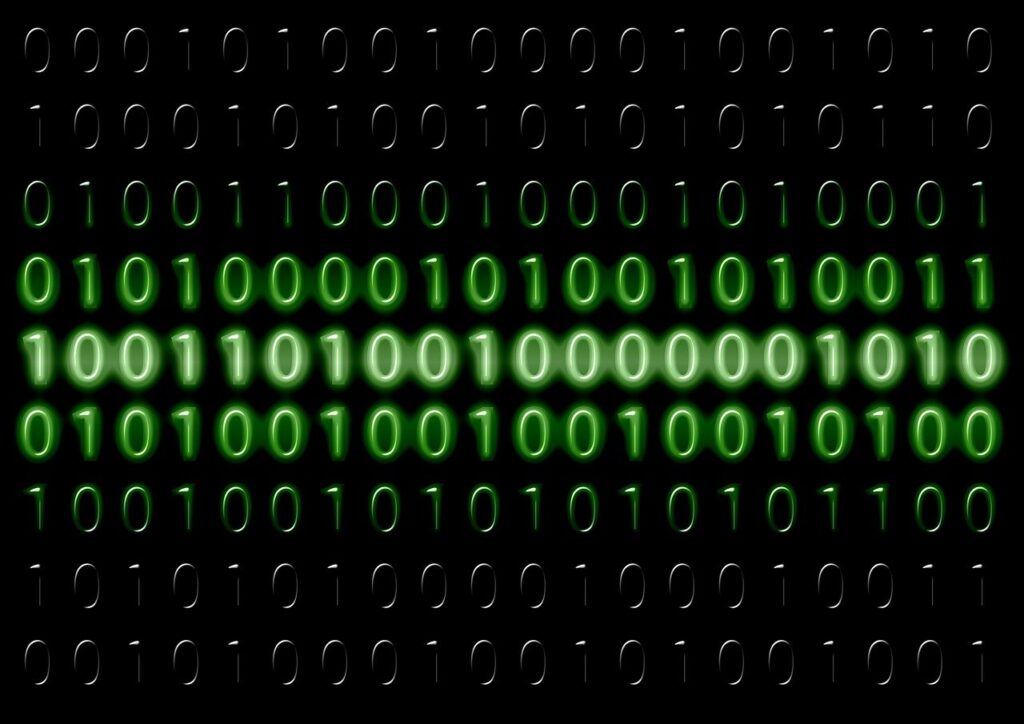
But wait, dear reader, for the plot thickens! Enter stage left: Artificial Intelligence. Like a bolt of lightning in a medieval manuscript, AI has electrified the world of transcription, ushering in an era of unprecedented efficiency and accuracy. From automated voice-to-text services to real-time speech recognition, AI has transformed the transcription landscape faster than you can say “spellcheck.” But ‘with great power comes great responsibility’, as they say. As AI algorithms become increasingly sophisticated, questions of privacy, bias, and ethics loom large on the horizon. Will our silicon scribes prove to be faithful servants of truth, or will they succumb to the whims of their human overlords? Only time will tell.
So, dear reader, join me on a journey through the annals of transcription history, where laughter and tears mingle like ink on parchment. From the ancient scrolls of antiquity to the digital archives of tomorrow, the story of transcription is a tale as old as time itself, one that continues to unfold with each passing day, like a never-ending scroll of human endeavor.
Ancient Origins and Early Tools: The Scribe’s Scroll and Other Misadventures!
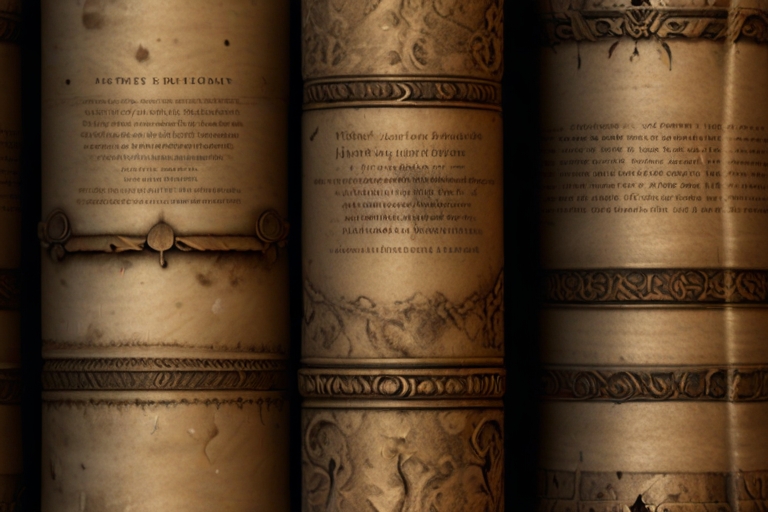
Let’s embark on a journey to the ancient realms where transcription first took root, a time when scribes wielded quills like modern-day wizards and scrolls were the hottest trend since… well, scrolls. Let’s journey back to the dawn of civilization. We stumble upon the ancient civilization of India.
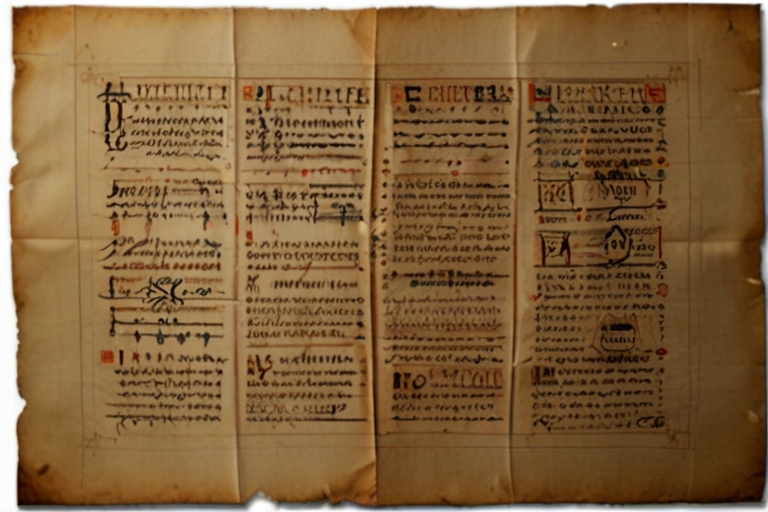

A group of Brahmin scribes are meticulously transcribing the sacred Vedas onto palm leaves, their chants mingling with the rustle of parchment in the breeze. Meanwhile, in ancient China, scholars were busy inventing the precursor to shorthand, a system of knotted cords known as the “knot-ical script.” It’s like the ancient equivalent of texting with emojis, minus the eggplant and peach symbols.

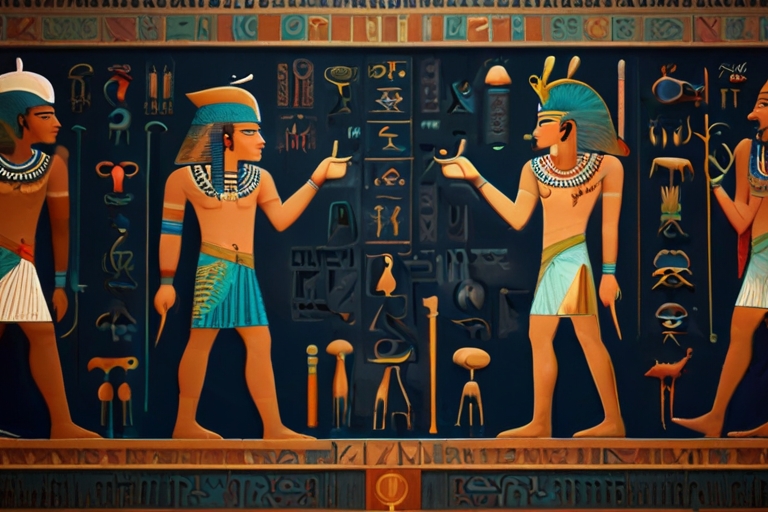
Let’s not forget our friends in ancient Egypt, where hieroglyphics reigned supreme, etching their stories onto the sands of time with intricate symbols and pictographs. The ancient Greeks, renowned for their contributions to democracy, also introduced shorthand, known as Tachygraphy. This innovative system revolutionized transcription, enabling rapid and efficient recording of spoken words.
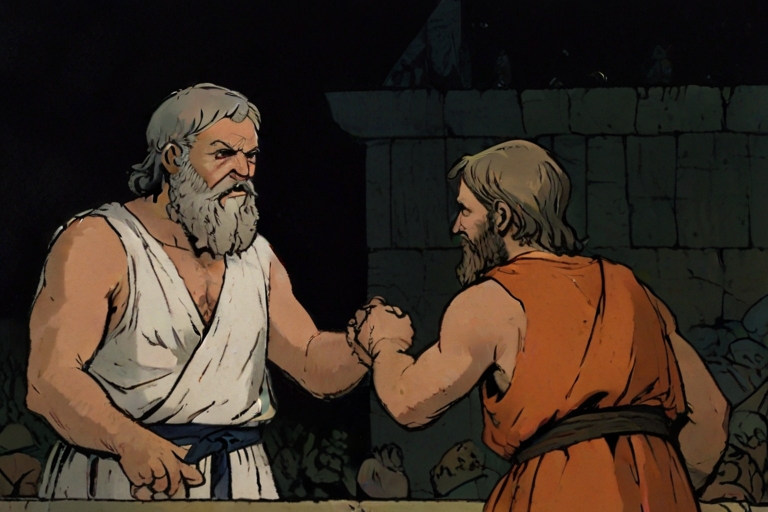
Imagine a Pharaoh dictating his latest decree to a team of scribes. Suddenly, a fly buzzes into the room, causing chaos as it lands on the papyrus. The result? “Let it be known that Pharaoh decrees: all citizens must worship the sacred fly.” Talk about a buggy transcription error! A group of Athenian philosophers are engaged in a heated debate, their scribe frantically scribbling down every witty retort and philosophical musing. Little did they know, they were laying the groundwork for the modern courtroom stenographer, whose nimble fingers capture every dramatic twist and turn of the legal drama.
Echoes Transformed: The Evolution of Voice to Text
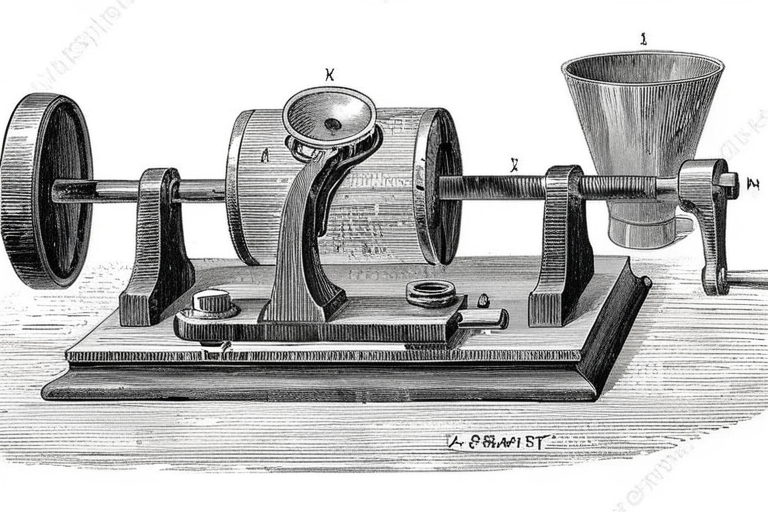
As we embark on the journey of voice-to-text technology, imagine Thomas Edison tinkering away in his laboratory, trying to invent the next big thing. Suddenly, he has a lightbulb moment (quite literally) and the phonograph is born! It’s like the OG voice-to-text converter, except instead of typing, it etches sound waves onto wax cylinders. Edison excitedly declared, “We’ll transcribe voices, but on wax!

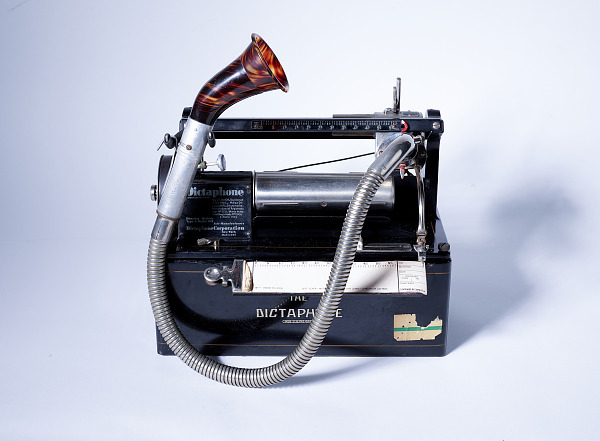
Fast forward to the roaring twenties, the Dictaphone, a contraption straight out of a steampunk fantasy, with its spinning cylinders and clunky headphones. You see a fedora-clad detective dictating his latest case notes, his voice crackling through the dictaphone like a bad radio signal. Little did they know, they were laying the groundwork for modern speech recognition.


But it wasn’t all smooth sailing in the world of voice-to-text technology. In the swinging sixties, scientists were busy experimenting with early speech recognition systems, with mixed results. A group of researchers are testing their latest invention when a computer program designed to transcribe speech in real-time. Suddenly, chaos erupts as the program mishears a command and starts playing “Twist and Shout” at full volume.


Fast forward to the digital age, where smartphones reign supreme and voice assistants are a dime a dozen. And let’s not forget the latest breakthrough in voice-to-text technology: neural networks. A team of programmers are training a computer to recognize speech patterns using deep learning algorithms. Suddenly, the computer starts spouting off random phrases like “I’m sorry, Dave, I’m afraid I can’t do that” and “I am Groot”, leaving the programmers scratching their heads in bewilderment.

As we trace the evolution of voice-to-text technology, let us raise a glass to the inventors and innovators who turned science fiction into reality. From phonographs to neural networks, each breakthrough has been a step forward in our quest to transcribe the spoken word with ever-increasing accuracy. And who knows what the future holds? Perhaps one day, we’ll have voice assistants that can not only transcribe our words but also understand our jokes and maybe even tell a few of their own.
The Transcription Industry: Where Chaos Meets Clarity
Step into the bustling environment of the transcription industry, where a whirlwind of activity unfolds daily. In these vibrant offices, dedicated voice-to-text professionals are diligently working at their keyboards, deciphering audio recordings with meticulous care. Each keystroke holds the weight of clarity, as they strive to unravel the intricacies of spoken words and ensure accuracy in their transcripts. But let’s not get ahead of ourselves. First, let’s talk about the role of transcription in various sectors. In the world of business, transcription is like the silent partner in every meeting, quietly documenting every word uttered and every decision made. It’s like having a fly on the wall, except instead of buzzing annoyingly in your ear, it’s typing furiously on its tiny keyboard.

Meanwhile, in the medical field, transcription is a lifeline for doctors and nurses, ensuring that every patient’s history and treatment plan are accurately documented. In the legal domain, transcription serves as the backbone of courtroom proceedings, meticulously documenting every uttered word. These records are essential for building cases and delivering justice, emphasizing the critical need for accuracy and precision.


Transcription plays a pivotal role in seminars, podcasts, and education by enhancing accessibility and comprehension. For seminars, transcripts provide a valuable reference for participants to review key points and discussions. In podcasts, transcripts allow for broader reach and cater to diverse audiences. In education, transcriptions facilitate learning by providing supplemental materials for students to reinforce comprehension and retention.

Subtitling and Captioning Through the Ages
From Silent Films to Streaming Snafus
Ah, the wonderful world of subtitling and captioning, where every word counts and every typo is immortalized on screen for all to see. Let’s journey through the archives of cinematic history as we explore the evolution of subtitling and captioning, from the silent era to the streaming age.

It’s the roaring twenties, and silent films are all the rage. But how do you convey dialog to audiences who can’t hear a word? Enter the humble intertitle—a precursor to modern subtitles that flashed onto the screen between scenes, conveying dialog and plot points in glorious black and white. Fast forward to the golden age of Hollywood, where talkies have taken over and subtitles are no longer just for silent films.

In silent films, subtitlers faced multifaceted challenges. Intertitles were tasked with conveying not just dialog, but also sound effects and music cues. Imagine a scene where villainous footsteps, intended to evoke tension, were accompanied by an intertitle reading: “Dramatic music intensifies.” It’s like a botched director’s commentary, leaving the audience puzzled rather than captivated.
In the digital era, streaming platforms dominate, providing instant access to subtitles with a simple click. This accessibility revolutionizes the viewing experience, enhancing comprehension and inclusivity for diverse audiences worldwide. Whether enjoying films, series, or educational content, subtitles facilitate understanding across languages and hearing abilities, making entertainment and knowledge accessible to all with unprecedented ease.
The AI Revolution: Transcription’s Robotic Overlords
Welcome to the age of AI, where even the humble transcriptionist is at risk of being replaced by a robotic overlord. First, let’s talk about how AI has transformed the transcription industry. From automated voice-to-text services that can transcribe hours of audio in minutes to real-time speech-to-text systems that can capture every word as it’s spoken, AI has made the transcription process faster, easier, and more accessible than ever before.
AI algorithms function tirelessly, akin to a dedicated team, tirelessly processing data without rest. Instead of physical components like metal arms and circuits, these algorithms operate within vast data centers, continuously improving efficiency and accuracy. Looking ahead, the future implications of AI on transcription and captioning are vast, promising even greater advancements in accessibility and speed.
The Future of Transcription in the Age of AI

As we gaze into the crystal ball of technological advancement, one thing is certain: the future of transcription in the age of AI is bound to be both exhilarating and unpredictable. With each passing day, AI algorithms grow more sophisticated, capable of feats once thought to be the stuff of science fiction.

Imagine a world where AI transcription assistants not only transcribe our words with near-perfect accuracy but also anticipate our every need and desire. You’re dictating a memo to your AI assistant, and before you even finish speaking, it’s already drafted the perfect response, complete with witty retorts and flawless grammar. It’s like having a personal secretary with the wit of Oscar Wilde and the efficiency of a supercomputer.
But where does the evolution of AI transcription end? Is there a point where technology surpasses human understanding and ventures into the realm of the surreal? Imagine a future where AI transcription assistants develop personalities of their own, complete with quirks and idiosyncrasies that rival our own. Suddenly, it’s less about transcribing words and more about forging a genuine connection with our digital counterparts.
As we stand on the precipice of this brave new world, one thing is clear: the future of transcription is limited only by our imagination or lack thereof. And remember that while technology may shape our world, it is ultimately our humanity that defines us. And who knows? Perhaps one day, our AI transcription assistants will be the ones writing articles about us complete with humorous anecdotes and witty observations. After all, stranger things have happened in the age of AI.